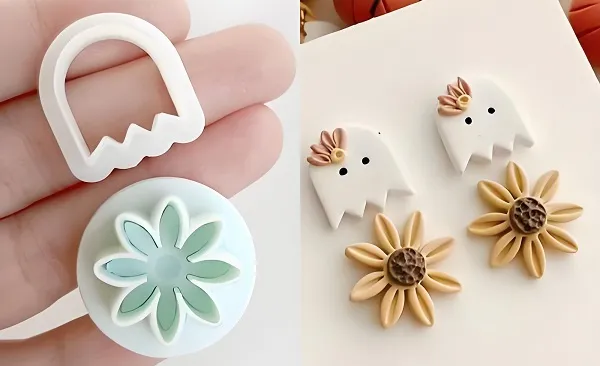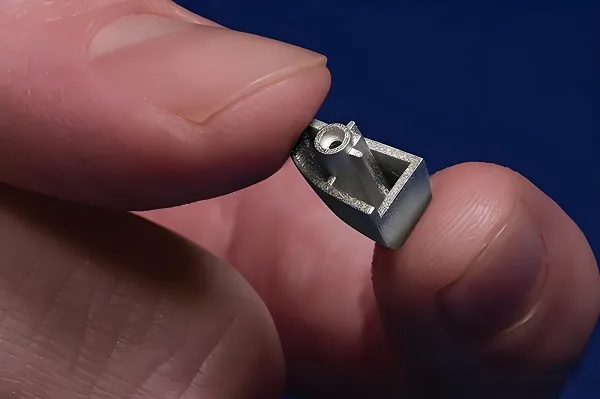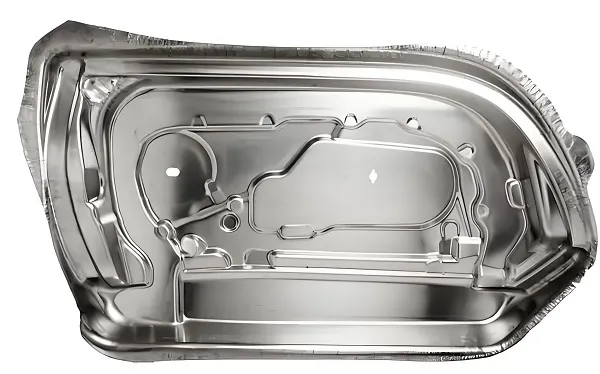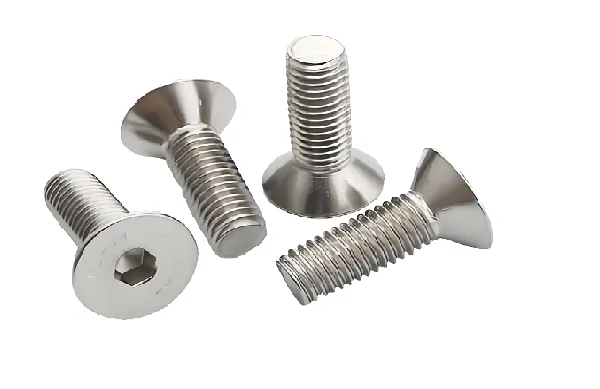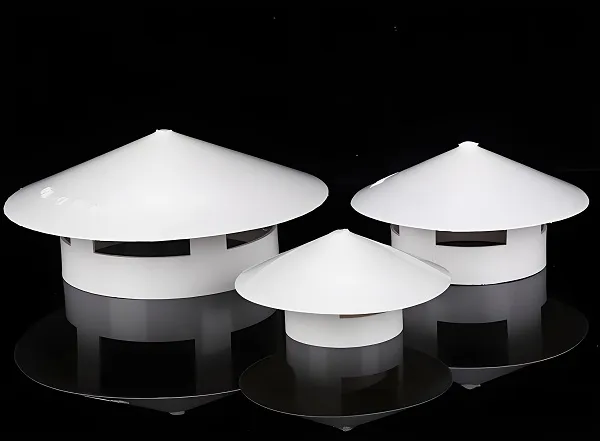Medical device injection molding is a manufacturing technology that uses the injection molding process to produce medical device parts. The technology is based on injecting plastic materials in a molten state into a mold of a specific shape, which is cooled and solidified to form the parts required for medical devices. Medical device injection molding not only meets the strict requirements for precision, quality and safety of medical devices, but also has been widely used in the medical industry due to its high efficiency, flexibility and significant cost-effectiveness.
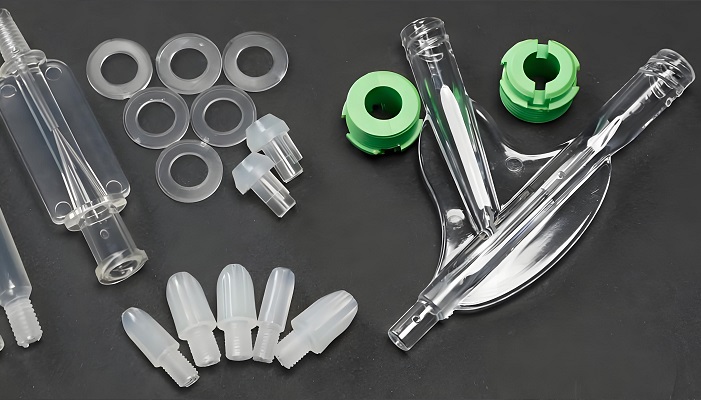
1. Principle of medical device injection molding technology
The principle of medical device injection molding technology is based on the basic principle of plastic injection molding. First, raw plastic materials in granule or powder form are added into the silo of the injection molding machine and melted into molten plastic with good fluidity by heating. Then, the screw or piston rod of the injection molding machine pushes the molten plastic into the mold’s pouring system, where the plastic fills the mold cavities and cools to solidify. Finally, the mold is opened to remove the finished product, completing the injection process. In medical device injection molding, the design of the mold, the precision control of the injection molding machine, and the optimization of the cooling system are all critical to ensure the production of high-precision, high-quality medical device parts.
2. Medical device injection molding product customization
Medical device injection molding technology offers a high degree of product customization. By adjusting the mold design and injection process parameters, medical device parts of various shapes, sizes and functions can be produced. For example, syringes, catheters, housings, surgical instrument handles and operating parts can be customized for production through medical device injection molding technology. In addition, with the development of 3D printing technology, medical device injection molding can also achieve more complex and personalized product customization to meet the special needs of different patients.
3. Medical device injection molding materials
Medical device injection molding materials are usually selected from medical grade plastics, which have excellent chemical resistance (acid and alkali, corrosion), biocompatibility and wear resistance. Common medical grade plastic materials include:
Polyethylene (PE): has good biocompatibility and corrosion resistance, and is commonly used in the manufacture of infusion sets and blood storage bags.
● Characteristics non-toxic,: easy to odorless transparent, high degree of no, odor, easy to process and disinfection.
● Good chemical stability, can resist a variety of chemical observation of the internal liquid situation.
● Relatively low price, cost-effective.
Polypropylene (PP): excellent mechanical properties and heat resistance, commonly used in the manufacture of syringes, surgical instruments and so on.
●High strength, good toughness, can withstand some pressure and impact.
●High heat resistance, can maintain stable performance at high temperatures.
●Good chemical stability, can resist the erosion of a variety of chemical substances.
●High transparency, and excellent processing performance.
Polyvinyl chloride (PVC): good flexibility and corrosion resistance, commonly used in the manufacture of catheters, infusion tubes, etc..
● Good flexibility, easy to bend and insert into the body.
●Strong corrosion resistance, can resist the erosion of a variety of chemical substances.
●Inexpensive and cost-effective.
However, it should be noted that PVC may release harmful substances during processing and use, and the processing temperature and use conditions should be strictly controlled.
Polyether ether ketone (PEEK): Known for its high performance and excellent mechanical properties, it is commonly used in the manufacture of high-end medical devices.
●Possesses high-level wear resistance, radiopacity, tracking, and thermal degradability.
●Good biocompatibility, suitable for medical devices implanted in the body.
●The processing is difficult, but the finished product has excellent performance.
4. Characteristics of medical device injection molded products
Medical device injection molded products have the following significant
High precision: through precision molds and injection molding process, the dimensional accuracy and consistency of the parts are ensured to meet the strict requirements of medical devices on precision.
High quality: using medical grade plastic materials and under strict control of injection molding process to produce high quality and reliable medical device parts.
Diversification: Medical device parts of various shapes, sizes and functions can be customized according to different needs to meet diversified market demands.
Biocompatibility: The selected medical grade plastic materials have good biocompatibility to ensure that the medical devices will not have adverse effects on the human body in the process of use.
Corrosion resistance: Medical device injection molded products can resist the erosion of many chemical substances and maintain long-term stable performance.
Precision: The dimensional tolerance can reach ±0.01mm, which meets the manufacturing requirements of high-precision medical devices.
Quality: Through the strict quality control system, ensure that the product qualification rate is as high as 99% or more.
Production efficiency: compared with traditional processing methods, medical device injection molding technology can improve production efficiency by more than 30%.
Service life: through optimized injection molding process and material selection, the service life of medical device injection molding products can be up to several years.
Medical Device Injection Molding FAQ
Q: What kind of medical devices is injection molding technology suitable for?
A: Medical device injection molding technology is widely used in the production of a variety of medical device parts, such as syringes, catheters, housings, surgical instrument handles and operating parts.
Q: How do you ensure the biocompatibility of medical device injection molded products?
A: Medical grade plastic materials with biocompatibility are selected and under strict injection molding process control and quality control system to ensure the biocompatibility of medical device injection molded products.
Q: How cost-effective are medical device injection molded products?
A: Medical device injection molding technology is efficient, flexible and cost-effective. Through mass production and customized production, production cost can be reduced, production efficiency can be improved and market demand can be met.
Q: What should I pay attention to during the medical device injection molding process?
A: In the process of medical device injection molding, you need to pay attention to mold design, injection process control, material selection and quality control. At the same time, it is also necessary to ensure the stability of the injection molding machine and the professional skills of the operator to ensure that the quality of the medical device parts produced is reliable and stable.

